*Please note that this post has affiliate links. At no additional cost to you, I may earn a small commission if you make a purchase which helps the upkeep of this blog.
Are you a fierce action taker and believe a bit of luck will always follow you wherever you go? Or perhaps you prefer to stay out of sight and share your wisdom only with those who come seeking?
All places worldwide have their own stories of ancient gods, goddesses and mythical creatures, who often were in charge of phenomena affecting people’s lives: luck in hunting or fishing, growing crops, and thunder or lightning.
Finland is no exception, and I often get questions about Finnish mythology.
Today we will take a look at some of the ancient goddesses, gods, and mythical creatures of Finland. To make it more fun, let’s find out who you most resemble! First, let’s talk a little bit about the world they lived in.
Table of Contents
Finnish creation myth
Finns have been telling stories of mythical creatures and gods for centuries, and mythology originally survived through folklore and oral tradition. In the 16th century, the study of this tradition was started by Mikael Agricola. In the 19th century, scholars travelled around Finland writing down the poems. Elias Lönnrot is known for using them as the basis for Finland’s national epic, Kalevala.
In many stories, the world formed from a bird’s egg or eggs. The cover of an egg formed the sky, and the sky itself rotated around the North Star. This created a whirl that allowed souls to depart the world to Tuonela after death by crossing a river. Whether good or bad, all people eventually slept forever in Tuonela.
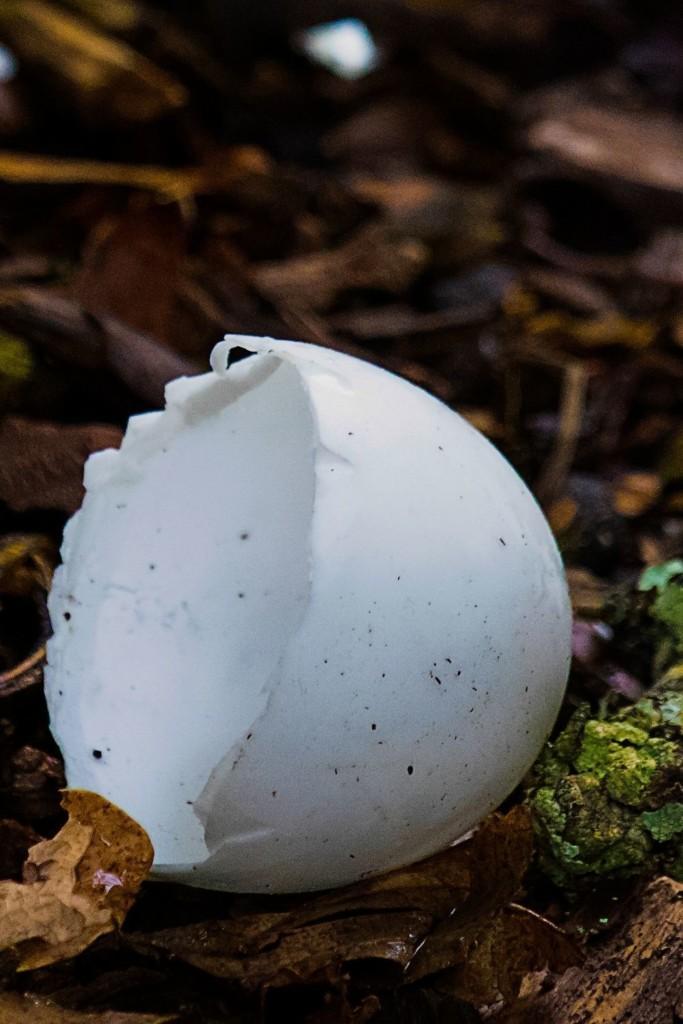
Birds were also the ones who carried a soul into the body at birth and carried it away at death. At the edge of the flat Earth was a warm place where birds flew to spend the winter, called the home of the birds. They were able to travel there following the Milky Way, to this day called ‘Linnunrata’, a bird’s track.
Now that we have been transported into the mythical world of ancient Finland let’s find out what your role there would be!
Finnish Goddesses
Mielikki, the goddess of the forest
Do you believe in good luck, take risks and act as a healing force for those closest to you? Maybe you are Mielikki, the fierce goddess of forest, bears, hunting, luck, healing, and abundance. Hunters entering the forest would have to ask her permission to enter and luck if hunting small animals or gathering berries or mushrooms.
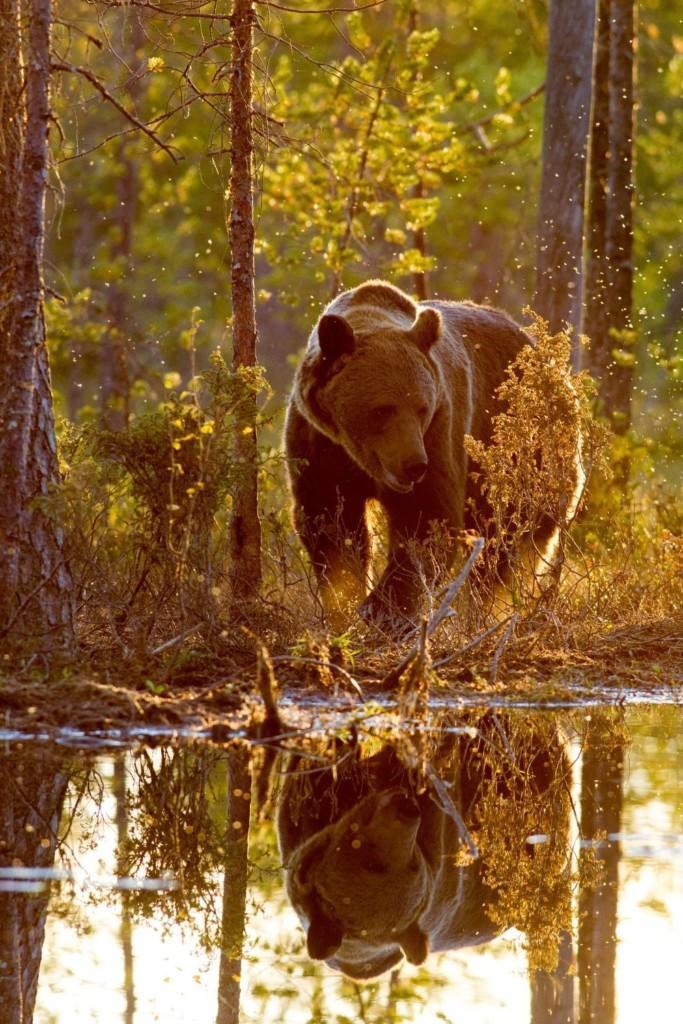
Mielikki is often thought of as an archer with a bow, but those entering her forest would also praise her beauty. One of her jobs was making the forest beautiful by making flowers grow on fields. She also had a caring side and healed animals and even humans if they knew how to ask her.
Louhi, the goddess of witchcraft
Maybe you are drawn to the unknown, secret knowledge and always stand on your own two feet? You might see a kindred spirit in Louhi, the goddess of witchcraft.
Louhi was a powerful witch queen of the northern realm of Pohjola. She sets those wanting to be heroes near impossible tasks to win the hand of one of her beautiful daughters. Dragons in Finnish are called ‘lohikäärme’ not because they are seen as “salmon snakes” as the word might nowadays be translated but because they were Louhi’s snakes.

Louhi’s powers came from the moon. Louhi is the goddess of hidden knowledge and fortune-telling. Originally she represented freedom and independence, but she also became known as the queen of the underworld over time.
Vellamo, the goddess of water
Are you a force to reckon with both in storm and calm? The goddess of water, Vellamo, could control the wind and waves and grant fish to fishers. The beautiful goddess wore a dress made out of foam from the sea.
Cows were sacred to Vellamo, and she had underwater livestock that she would sometimes, during the morning mist, bring to the surface to eat water hay. Goddess of the sea, lakes, and storms, Vellamo was respected by sailors and fishermen for her ability to help them out by controlling the wind.

Päivätär and Kuutar, the sun and the moon
Do you perhaps have a knack for beauty and making other people’s dreams come true? Päivätär and Kuutar are two separate deities, but as the goddess of the sun and moon, respectively, they are sisters. These two mythological beings control destiny as they are the weavers of the web of life. Päivätär especially was known for her silver jewellery and clothes, which she also weaved.
In Kalevala, the two sisters were born as Ilmatar, the goddess of air, held an egg on her knee, and it fell apart. The yolk became the sun and the white of the egg the moon. The web of life gives us dawn and dusk and connects the dreams of everyone.
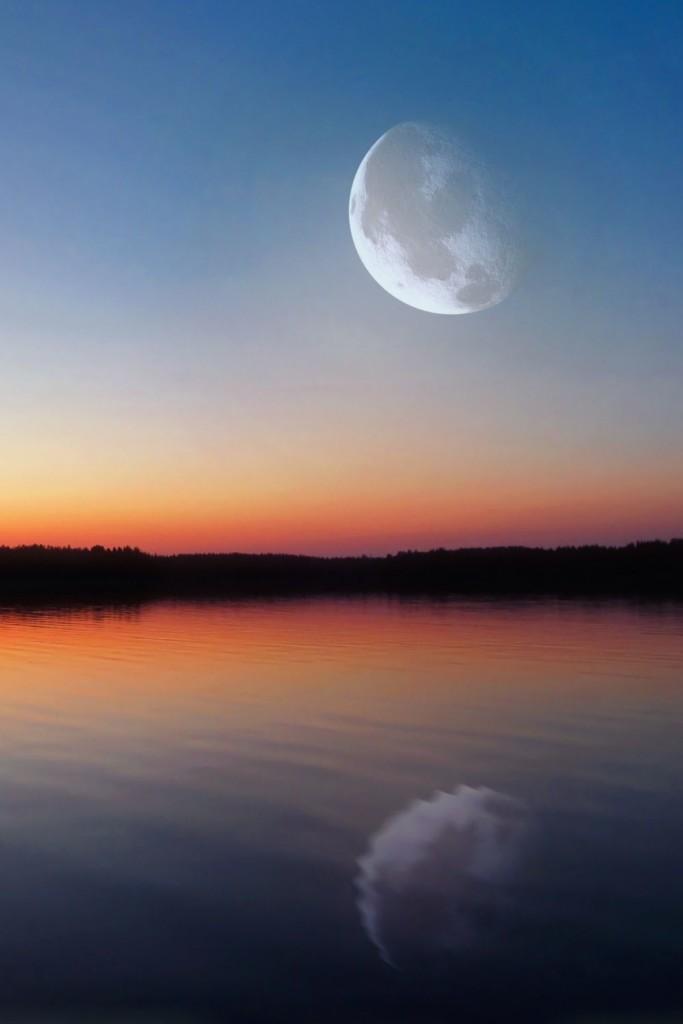
Finnish Gods
Ukko, the god of thunder
Are you someone who takes care of others, responsible and respected by everyone? Well done on resembling Ukko, the god of thunder, sky, and weather – not too different from Thor. The name ukko might nowadays be interpreted as an old man, but the original meaning signifies respect for someone who has reached a high age.
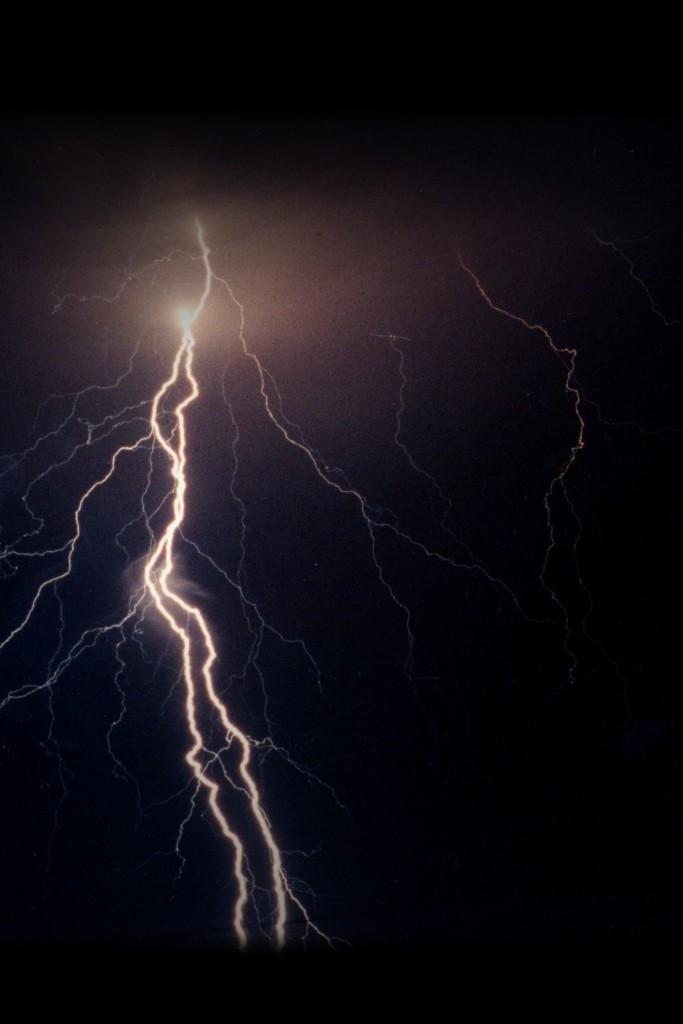
To this day, Finns call thunder ukkonen. Ukko was responsible for rain and he used a big hammer or shot arrows to cause thunder. He had a central role in the society that depended on growing its food and was celebrated during his own festival.
Ahti, the god of the sea
If you like people to behave well and reward good behaviour handsomely, perhaps you are closest to Ahti, the god of the sea or, in general, water.
“Anna Ahti ahvenia” Ahti, give perches, a Finn might ask when he rows towards his favourite fishing spot. The god of the sea is known to like good behaviour, so you have to be quiet to catch fish.
In the songs and stories, there are two very different sides to Ahti. He is depicted either as a fierce seagoing warrior or the god of the depths where he lives in his palace with his wife Vellamo and grants fishermen fish. Ahti rules over all lakes and ponds as well as the sea.
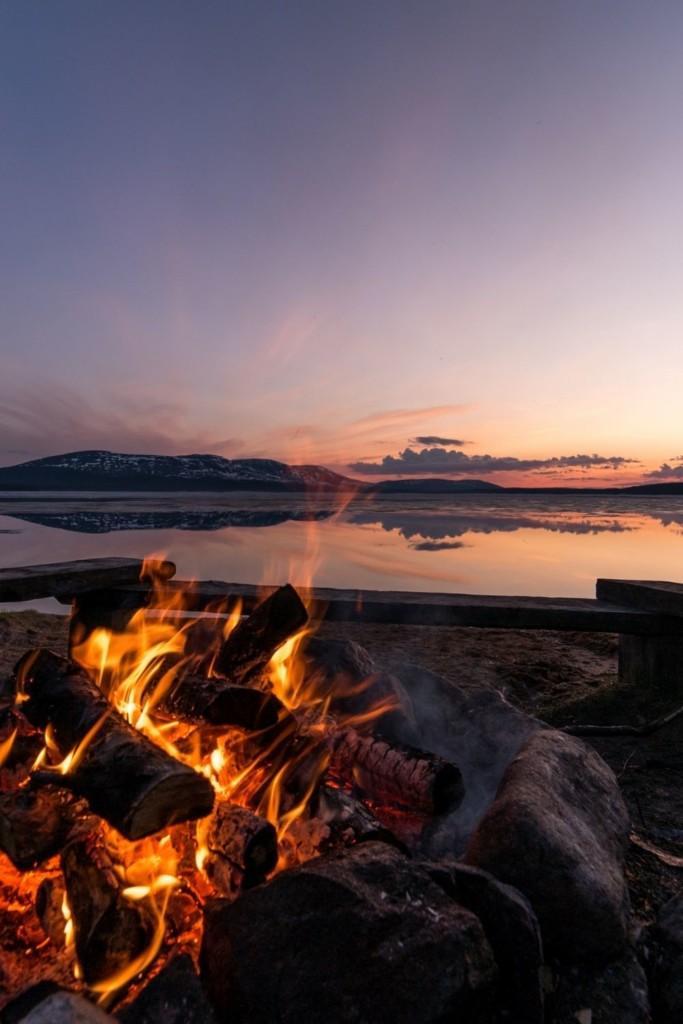
Tapio, the god of the forest
Are you reserved and quiet but powerful and helpful to those who seek out your wisdom?
Meet Tapio, the god of forest and hunting, who did not always take a human form. As a god of knowledge of the forest, he would offer his help and blessings to those who wanted to learn secret knowledge and came seeking him out. If people needed help hunting big animals, they would ask Tapio for help.
Tapio’s beard was lichen and eyebrows moss. Keeping from people might also play into the relationships the forest gods had with people: they were capricious, and you had to keep this in mind when asking them for favours.
Ilmarinen, the god of air
Cursing your luck in love but innovative and capable of creating nearly anything? The modern serial entrepreneurs amongst us might identify best with Ilmarinen.
The god of air and blacksmith, Ilmarinen could create anything, including the dome of the sky and the magical Sampo, which in Kalevala can bring its owner luck and riches similar to the Greek cornucopia.
Despite his great achievements and best attempts to convince women to marry him, Ilmarinen is especially in Kalevala portrayed as being unlucky in love and having to return home alone. If this sounds all too familiar, do not despair! In the original stories, Ilmarinen has better luck and finds a wife in at least two different stories.
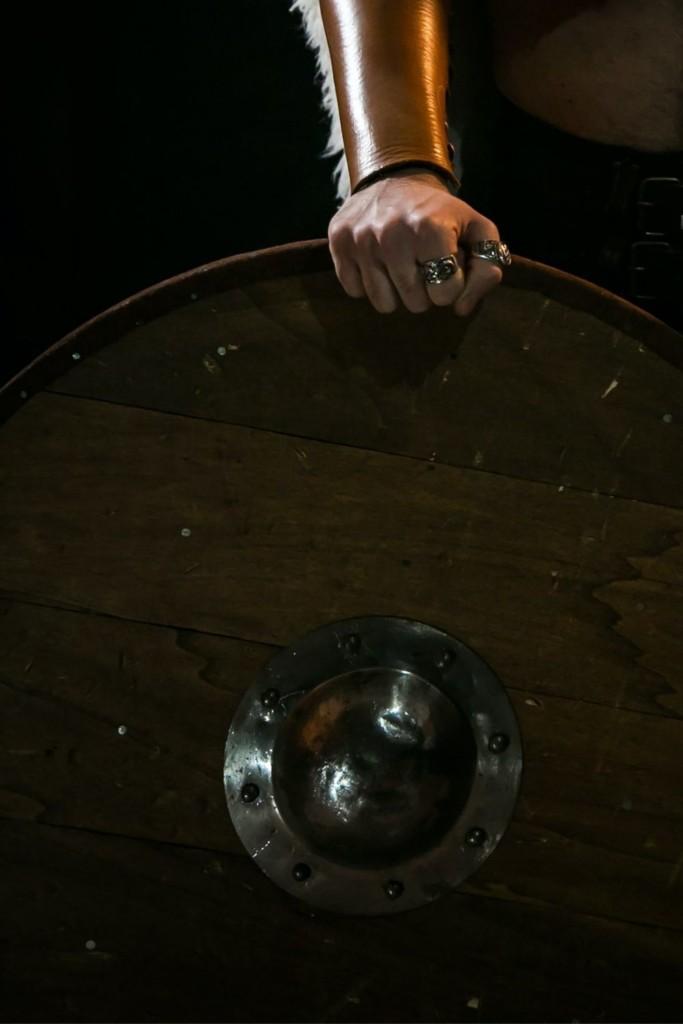
Finnish Mythological Creatures – for those feeling a little less divine
Hiisi, a demon
Are you always looking to cause trouble or prank an unsuspecting friend? That doesn’t sound very nice, but if it sounds about right, perhaps you would happily gang up with hiisi.
To get into the spirit, why not try this familiar Finnish tongue twister: “Vesihiisi sihisi hississä” A water hiisi hissed in the lift?
The hiisi would be found at geographical features or rough terrain, and they were tricksters. The features of the landscape were said to be created by hiisi, often thought of as trolls or giants. They might throw around large rocks, sometimes into the water, to stop people from rowing to church. They might also enter your house if you left the door open and steal something.
If you were chased by a hiisi, you could find safety in a cultivated area considered sacred. As hiisi were pagan creatures of raw nature, they could not enter. In Kalevala, hiisi rides a fire-breathing steed.
Iku-Turso, a creature of the sea
Do you feel like you’re being drawn into other people’s arguments and causes when all you really want is to mind your own business away from trouble? Your ancient soulmate might be the sea monster Iku-Turso.
The word tursas is nowadays used to refer to an octopus, but earlier, it might have meant a walrus. The creature is also described to potentially have a thousand heads or a thousand horns. In Kalevala, Iku-Turso, an ancient “tursas”, rises from the sea and causes hay to burn. On that spot grows an oak tree so tall that it blocks sunlight and moonlight and is cut down.
Later on, Louhi, the goddess of witchcraft, calls Iku-Turso to defend the magical Sampo from being stolen, but he asks for his freedom from the hero of the story, Väinämöinen, who then casts a spell so Iku-Turso will never again have to leave the depths of the ocean.
“Never-more has Iku-Turso risen to the ocean-level; Never since have Northland sailors seen the head of this sea-monster”, the story goes. That may be for the best since Iku-Turso is sometimes mentioned as the god of war.
How to connect with the finns

Understand Finns even better and build relationships with confidence. ⭐⭐⭐⭐⭐
Other Finnish mythological creatures and wizards
A short post like this can never do justice to all there is to learn about Kalevala and Finnish, Estonian, Scandinavian, and Sámi myths and folklore. We have barely even touched on the heroes and characters of Kalevala.
Väinämöinen, the main character of Kalevala, for example, was a wise man who possessed a magical singing voice. Singing allowed him to beat mythical creatures like Iku-Turso.
At the end of the epic, he even sings himself a copper boat that he sails away from the mortal realms to return when once again needed in this world.
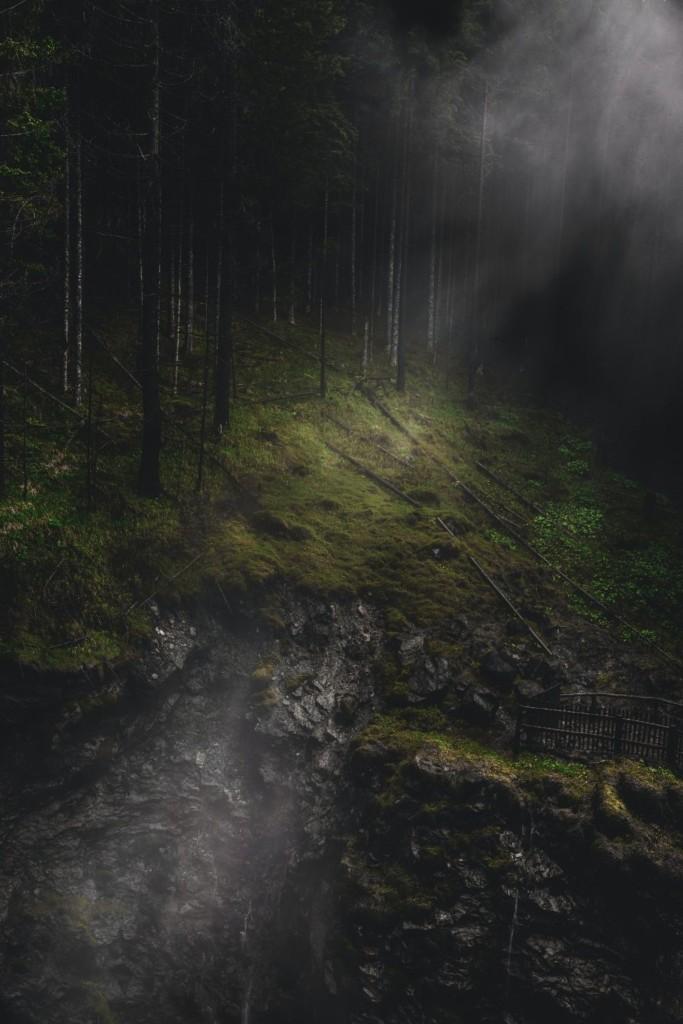
The Finnish forest is vast and full of creatures like Näkki, luring people into the waters, and tonttu, tutelary deities for places like saunas, forests, and yards.
The forest spirits called Metsänväki and menninkäinen, a gnome of some sort, all are well known to protect places and stay out of sight of those who do not care to look closely.
How Finnish mythology is in display in my own life
In everyday life, I come across Finnish mythology, especially through sayings and poems. Personally, I feel a strong connection to metsänväki and menninkäiset. In my head, I picture them as tiny forest spirits in the midst of the twigs.
Within this journey, I have also read about Sámi mythology. I find it fascinating that in Sámi heritage, you don’t put a tent on a forest path. You allow the gnomes to run along the path without interruptions.
When you have a break and take a sip from your drink, you can also pour a little bit of your drink on the ground for the gnomes. I love these two traditions!

Finally, diving into mythology and folklore has got me wondering… For example, why do most children’s fairytales describe the forest as a scary place? From a Finnish mindset, it’s our second home.
This blog post connects really nicely with two of my YouTube videos where you can see beautiful Finnish landscapes and nature & heritage-related activities in Kilpisjärvi and Kuusamo.
Do you feel a connection with a certain ancient Finnish goddess, god, or mythological creature? Let me know in the comments!
Psst… I warmly recommend reading the English version of Kalevala to get to know the wonderful world of Finnish mythology even better.
Looking for more information about Finnish culture? Check out some of my other posts:
- 7 Hilarious Finnish Stereotypes You Should Know
- How to Spot an Angry Finn and Read Finnish Facial Expressions
- Finnish Sauna Etiquette – How to Do Sauna Like a Finn!
- 50 Cultural Facts on Finland that Help You Understand Finns
FinNISH CONNECTION COLLECTION 🇫🇮

Finland-themed sweaters and accessories made-to-order. 🧡 Worldwide shipping.
References
Books: Mythologia Fennica; Christfried Gananderi. Kalevala; Elias Lönnrot. Vastatuuleen; Kukka Ranta & Jaana Kanninen
Sites: https://www.fairychamber.com/blog/ancient-finnish-gods-goddesses-nature-manifested
https://www.britannica.com/topic/Tapio
https://en.wikipedia.org/wiki/Finnish_mythology
https://fi.wikipedia.org/wiki/V%C3%A4in%C3%A4m%C3%B6inen


Louise
Thursday 9th of January 2025
This is amazing! My grandmother’s last name is Ahti! I’m so fascinated!
Varpu
Thursday 9th of January 2025
Wow, thank you for sharing!!
anita
Sunday 7th of May 2023
hei. i had no idea mielikki was finnish. i thought she was made up by the D&D roleplaying books. by far my favorite goddess. i am so glad you shared this with us. kiitos!
varpu, which one do you feel closest to?
Jeff Mannikko
Thursday 6th of April 2023
I am curious about Finnish Last Names & their Meaning & History. My Last name is Mannikko
Varpu
Thursday 13th of April 2023
Thank you so much, Jeff, that's a great post idea!
Matty Davenport
Tuesday 29th of March 2022
Wau Varpu!
This is really amazing. Thank you so much for this blog post and explanation of some of the spiritual heritage and traditions of Finland. I have learnt so much.
The English version of the Kalevala is really rich and detailed. My copy is well thumbed and well read. Many people would find an abridged version easier than the full copy.
As ever I am super impressed with how well you are explaining Finnish culture and making it accessible to everyone.
Varpu
Thursday 31st of March 2022
Kiitos niin paljon Matty! Sun palaute merkitsee mulle tosi paljon. Mahtavaa että sulla on jo Kalevala ja oot sitä ahkerasti lukenut, siitä oppii uutta joka kerta kun sen avaa.
Clay Haapala
Sunday 27th of March 2022
I am a fan of Ruth MacKenzie's "Kalevala - Dream of the Salmon Maiden" https://www.amazon.com/Kalevala-Salmon-Maiden-Ruth-Mackenzie/dp/B000007SA1
I've since found out that it was produced by a college classmate. Very cool.
Varpu
Monday 28th of March 2022
Amazing! Thank you for sharing, Clay!